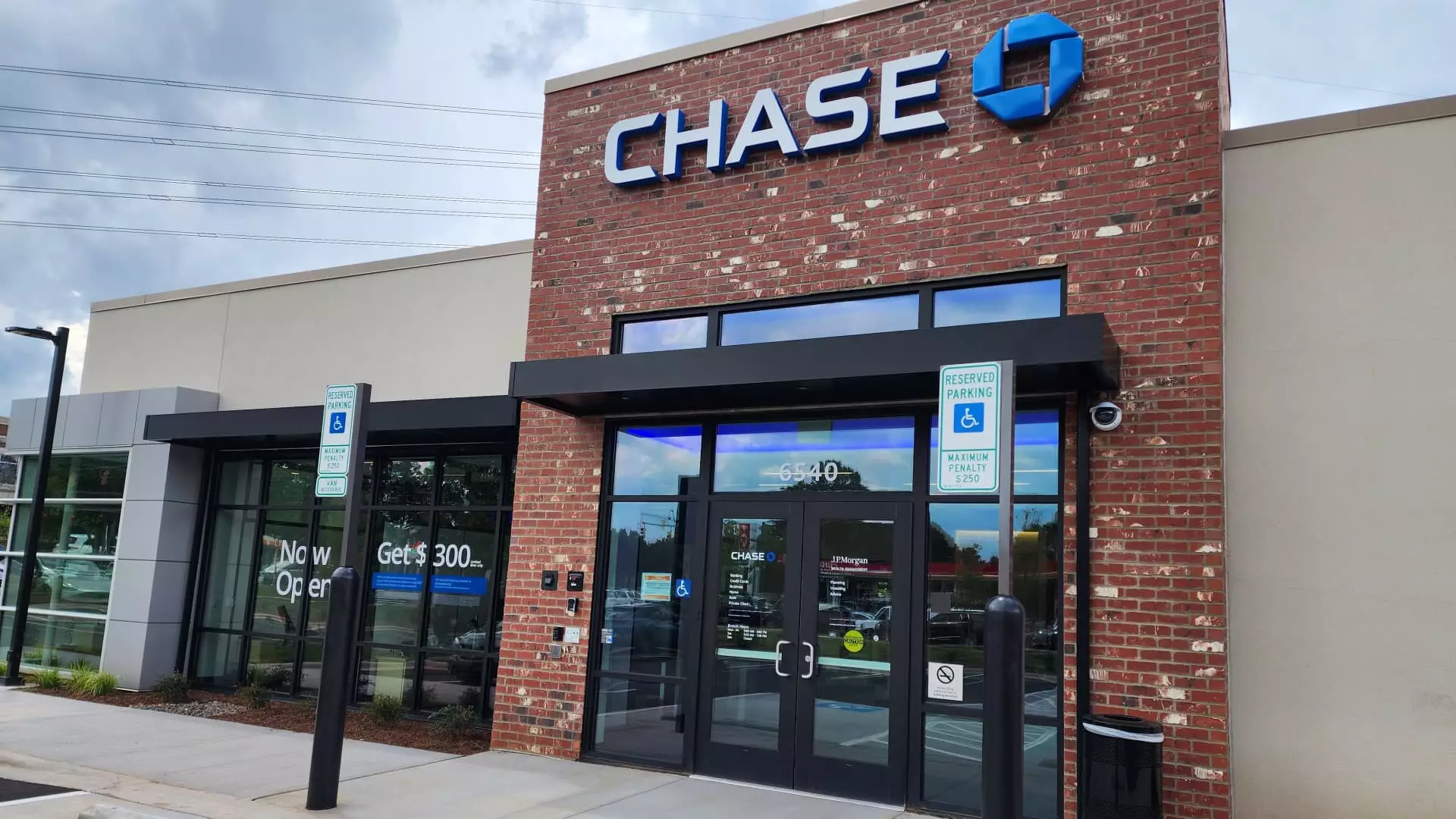JPMorgan Chase’s rapid expansion has stunned industry observers and competitors alike. Over a span of just seven years, the bank has opened over a thousand new branches—more than most of its rivals combined. This aggressive physical footprint expansion is a stark deviation from the trend of branch closures that has persisted since the 2008 financial crisis, which was largely driven by the rise of digital banking and shrinking consumer reliance on brick-and-mortar banks. While some might interpret this as a reckless gamble fueled by shortsighted opportunism, a closer look suggests that JPMorgan is attempting a calculated repositioning to capitalize on shifting demographics and the evolving demands of wealthier regions. What the firm’s aggressive push signifies is an underlying confidence in the resilience of physical banking in the right markets and an opportunistic pivot to capture deposits and customer loyalty that digital channels alone cannot secure.
The Realpolitik of Branch Expansion: Market Power and Competitive Edge
One might argue that JPMorgan’s strategy is less about necessity and more about dominance. The firm’s decision to focus heavily on markets like Charlotte, North Carolina, with a rising, youthful population and expanding wealth, underscores a long-term plan to entrench its foothold in key financial hubs. In these regions, local competitors like Bank of America, which already commands a dominant 71% market share in Charlotte, will find it increasingly difficult to maintain their grip. JPMorgan’s investment isn’t just about serving an expanding market—it’s about unseating incumbents and asserting its dominance. From a pragmatic, center-right perspective, this expansion aligns with a broader belief that strength in local markets creates stability and increases overall economic vitality, not to mention providing an infrastructure that improves the firm’s ability to secure deposits, lend responsibly, and attract premium clientele.
Strategic Investing or Overextension? The Risks of Overambition
Despite the appeal of capturing new markets, critics must question whether JPMorgan’s move is sustainable in a landscape that’s shifting away from physical branches on economic and pragmatic grounds. While the bank claims that each new location will break even within four years and contribute billions in deposits, history offers mixed reviews of such aggressive expansion strategies. The banking industry’s own past reveals that overexpansion can lead to an underperformance nightmare, especially if economic conditions soften or if technological innovation renders even new branches less relevant. A center-right lens might view this as a calculated risk—an attempt to safeguard the bank’s future in a rapidly evolving environment—yet it also raises concerns about potential overreach and misjudged market signals. Is JPMorgan’s leadership betting on a temporary resurgence of physical banking, or is this a misguided attempt to cling onto a physical footprint that might be rendered obsolete by digital advancements?
The Future of Banking: Brick-and-Mortar Resurgence or Echoes of a Dying Era?
The industry overall is experiencing an identity crisis. While some see the decline in branches as an inevitable consequence of online banking, others argue that physical locations serve as critical nodes for financial trust and customer engagement. JPMorgan’s expansion could be seen as a way to reinforce its brand and customer loyalty in an era of growing digital impersonality. However, from a prudent, center-right economic perspective emphasizing innovation and efficiency, this strategy might backfire if customers opt for more streamlined digital services or if economic uncertainties prompt a reassessment of costly physical investments. The key question becomes: is this expansion a sign of confidence in the future of local banking or an imprudent throwback to a less efficient past? Only time will reveal whether JPMorgan’s ambitious expansion will validate its strategic vision or expose it to costly overreach.
In essence, JPMorgan Chase’s relentless push to open more branches signals an assertive attempt to reassert dominance and reshape its physical network in a new era. Whether this move consolidates future growth or sets the stage for overextension remains to be seen. For now, it stands as a bold statement—either of strategic ingenuity or risky bravado.

